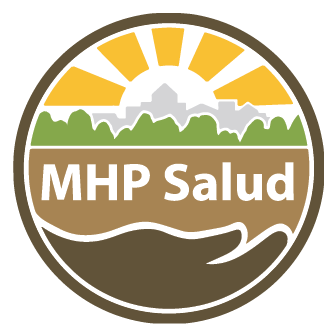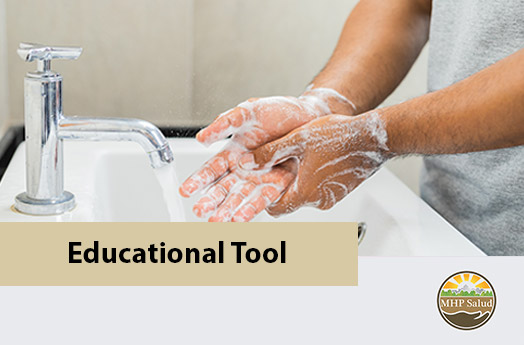Addressing COVID-19 in Our Communities
What are the symptoms?
According to the Centers for Disease Control, these symptoms may appear 2- 14 days after exposure.

Fever

Cough
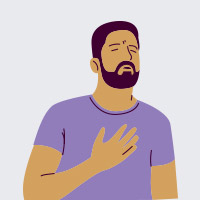
Shortness of breath
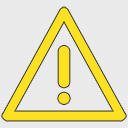
Some people with Coronavirus don’t show any symptoms at all, but can spread the virus to others who may be vulnerable. So even if you feel fine, please be cautious.
When to call the doctor…
The CDC recommends that you seek immediate medical attention if you have any emergency warning signs which include; trouble breathing, persistent pain or pressure in the chest, feeling confused, or pale ( or blue) lips and face.
Older adults that have diabetes or conditions that affect their heart and lungs are at higher risk of developing serious complications from coronavirus.2
Steps to Protect Yourself and Others from Infection
- Stay up to date with the latest guidelines and recommendations from the CDC, your state and county leaders, and your health care provider
- Wash your hands regularly with soap and water, or clean them with alcohol-based hand rub
- Do not touch your face
- Wear a cloth face covering in public settings, for example grocery stores and pharmacies, even if you are not showing symptoms
- Cough or sneeze into your elbow
- Clean and disinfect frequently touched surfaces
- Refrain from smoking and other activities that weaken the lungs
- Stay home if you feel sick and contact your medical provider
- Practice social distancing by avoiding unnecessary travel, staying away from large gatherings, and keeping a 6 foot distance between yourself and others
Adapted from What you need to know about COVID-19 Coronavirus Disease factsheet.1
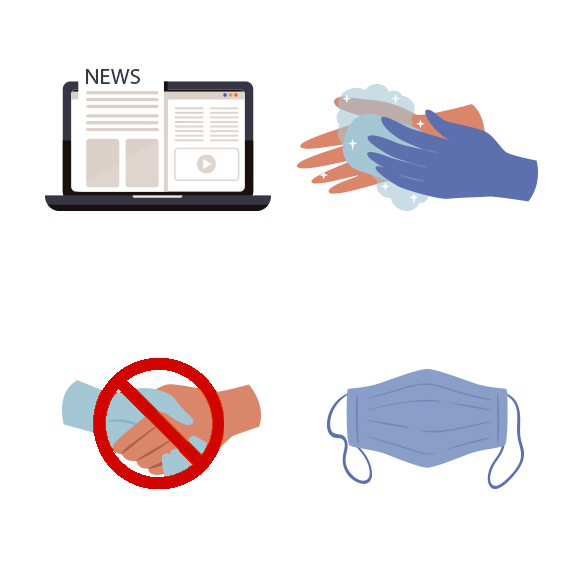
How do I practice social distancing?
Studies have shown that some individuals with coronavirus don’t show symptoms and can spread it to others before showing symptoms. Social distancing is one of the best ways to avoid being exposed to the virus and helps to slow the spread locally and across the country.3
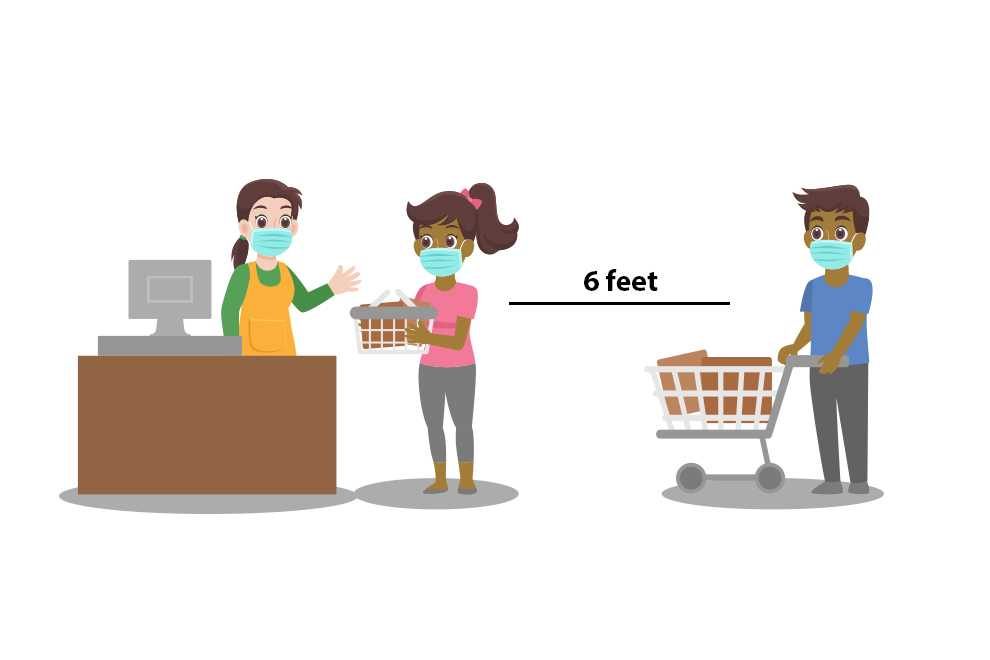
- Stay at least 6 feet apart from others when in public settings, even if they aren’t showing any symptoms. When out, you should wear a cloth face covering as it will help prevent the spread of the virus to others.
- Avoid large groups and crowded places.
- Do not host or go to social gatherings with friends and family.
- If you need to go to the grocery store or pharmacy, try to go during non-busy hours. Use disinfectant wipes on the shopping cart or basket if available. Wash your hands or use hand sanitizer after you’re done checking out.
- Use the phone if you need to communicate with your doctor, and call the pharmacy ahead of time to order and pick up medications.
Adapted from the Centers for Disease Control: Social Distancing, Quarantine, and Isolation 4 and Running Essential Errands 5

Community Challenges Faced with COVID-19
- Fear of accessing services (due to Public Charge)
- Fear of accessing services (due to immigration status)
- Self-medication and self-diagnosis (due to lack of health insurance)
- Lack of health information available in their language and literacy level (due to information only available in one language English)
- Lack of effective communication with Health Providers (due to language barriers)
- Misinformation (due to word of mouth and false news)
- Fewer local resources available such as food banks and shelters (due to overuse caused by panic)
- Fewer medical resources and long wait times (due local clinics/hospitals applying restrictions and giving priority to COVID-19 response efforts)
- Lack of transportation (due to limitation and restriction applied as COVID-19 response)
- Unavoidable exposure to COVID-19 risk (due to “essential” job requirements)
Community Health Worker’s Unique Response to COVID-19
A Community Health Worker is a frontline public health worker who is a trusted member of and/or has an unusually close understanding of the community served. This trusting relationship enables the worker to serve as a liaison/link/intermediary between health and social services and the community to facilitate access to services and improve the quality and cultural competence of service delivery. Therefore, they are uniquely equipped to help the community cope with the challenges faced due to COVID-19.
More Resources
This resource covers how Community Health Workers are uniquely equipped to help the community cope with challenges faced due to COVID-19. It is available for free as a downloadable PDF with a membership to our resource portfolio.
Citations
- What You Need to Know About the Corornavirus 2019. Centers for Disease Control. https://www.cdc.gov/coronavirus/2019-ncov/downloads/2019-ncov-factsheet.pdf
- Symptoms of Coronavirus. Centers for Disease Control. https://www.cdc.gov/coronavirus/2019-ncov/symptoms-testing/symptoms.html
- Recommendation Regarding the Use of Cloth Face Coverings, Especially in Areas of Significant Community-Based Transmission. Centers for Disease Control. https://www.cdc.gov/coronavirus/2019-ncov/prevent-getting-sick/cloth-face-cover.html#studies
- Social Distancing, Quarantine, and Isolation. Centers for Disease Control. https://www.cdc.gov/coronavirus/2019-ncov/prevent-getting-sick/social-distancing.html
- Running Essential Errands. Centers for Disease Control. https://www.cdc.gov/coronavirus/2019-ncov/daily-life-coping/essential-goods-services.html
